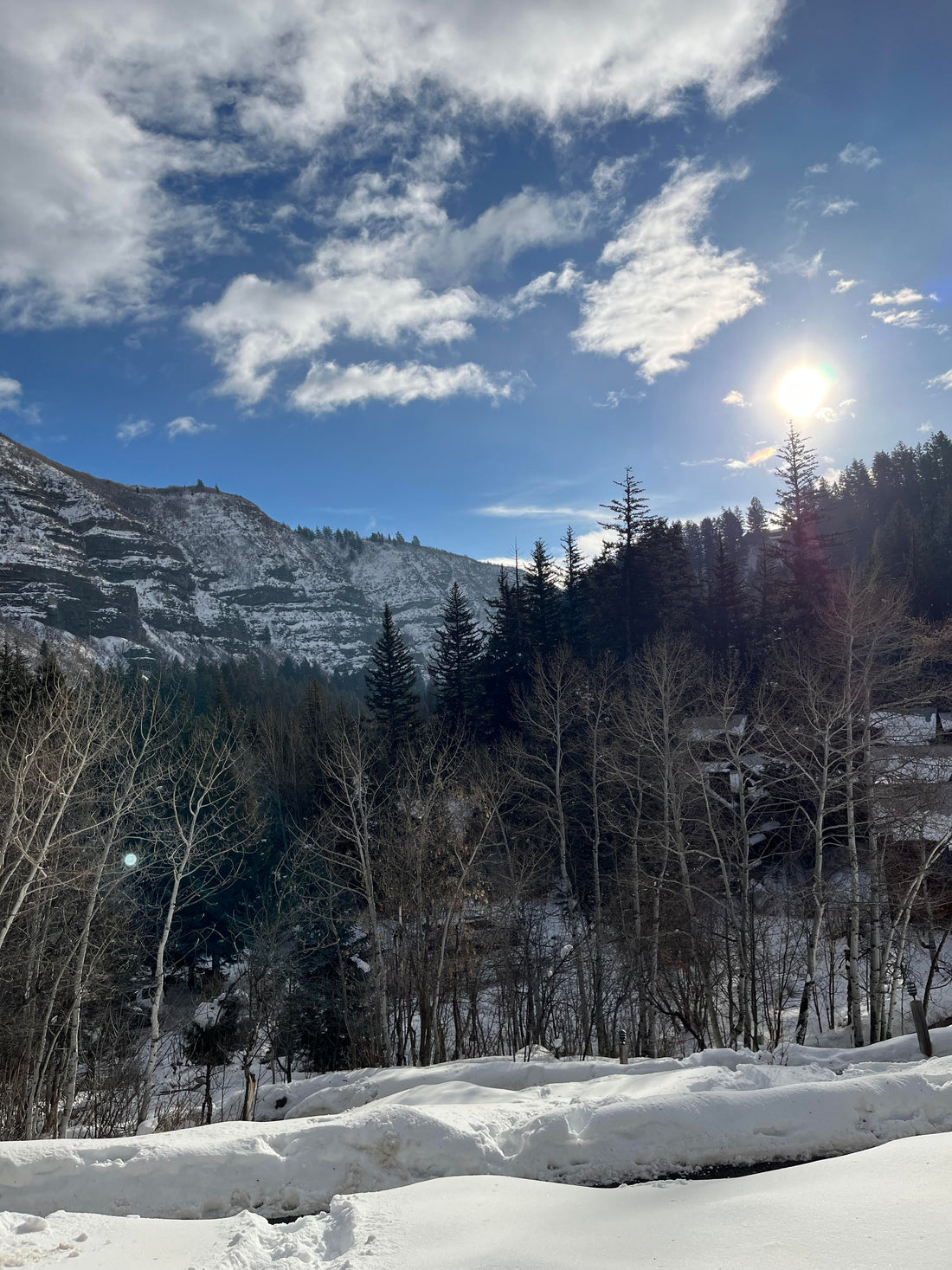I’d like to dive into the first and second cracks of coffee roasting, and shed some light on their significance in the roasting process.
The first crack signals the transformation of green coffee beans into roasted coffee. Typically occurring about 380 to 428 degrees Fahrenheit, the first crack is the point at which the beans audibly snap or pop due to the release of moisture and gases.
This phase marks the coffee's transition into a light roast, unveiling the bright and acidic notes of the coffee. If stopped here, the beans retain more of their origin characteristics, resulting in a cup with higher acidity, pronounced brightness, and a lighter body. Generally a medium roast sits between first and second crack depending on the coffee.
As the roast progresses, we hit the second crack. Happening at a higher temperature, usually around 437 to 446 degrees Fahrenheit, the second crack signifies the breakdown of the cell structure within the beans. Here we creep into a medium/dark to a dark roast depending on the coffee and the roaster.
The first crack is quite soft compared to the second. The sound of the second crack is sharper and more dramatic. The beans undergo caramelization, developing deeper, darker flavors, and the oils within the beans start to emerge. The resulting coffee is characterized by lower acidity, fuller body, and a rich, bittersweet profile. The flavor profile in darker roasts generally reflects more of the roast flavors than it would the origin characteristics.
Understanding the first and second cracks provides a roaster with a palette of possibilities. The timing and duration of the roasting process, as well as the decision of when to end the roast, are critical in shaping the flavor profile of the coffee.
The roaster navigates these cracks to achieve the desired balance of acidity, sweetness, and body in the final cup. Whether aiming for a bright and lively light roast or a bold and rich dark roast, the cracks serve as guideposts in the roasting journey.
